
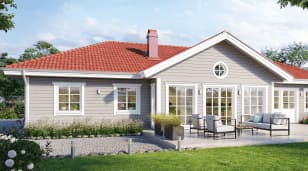
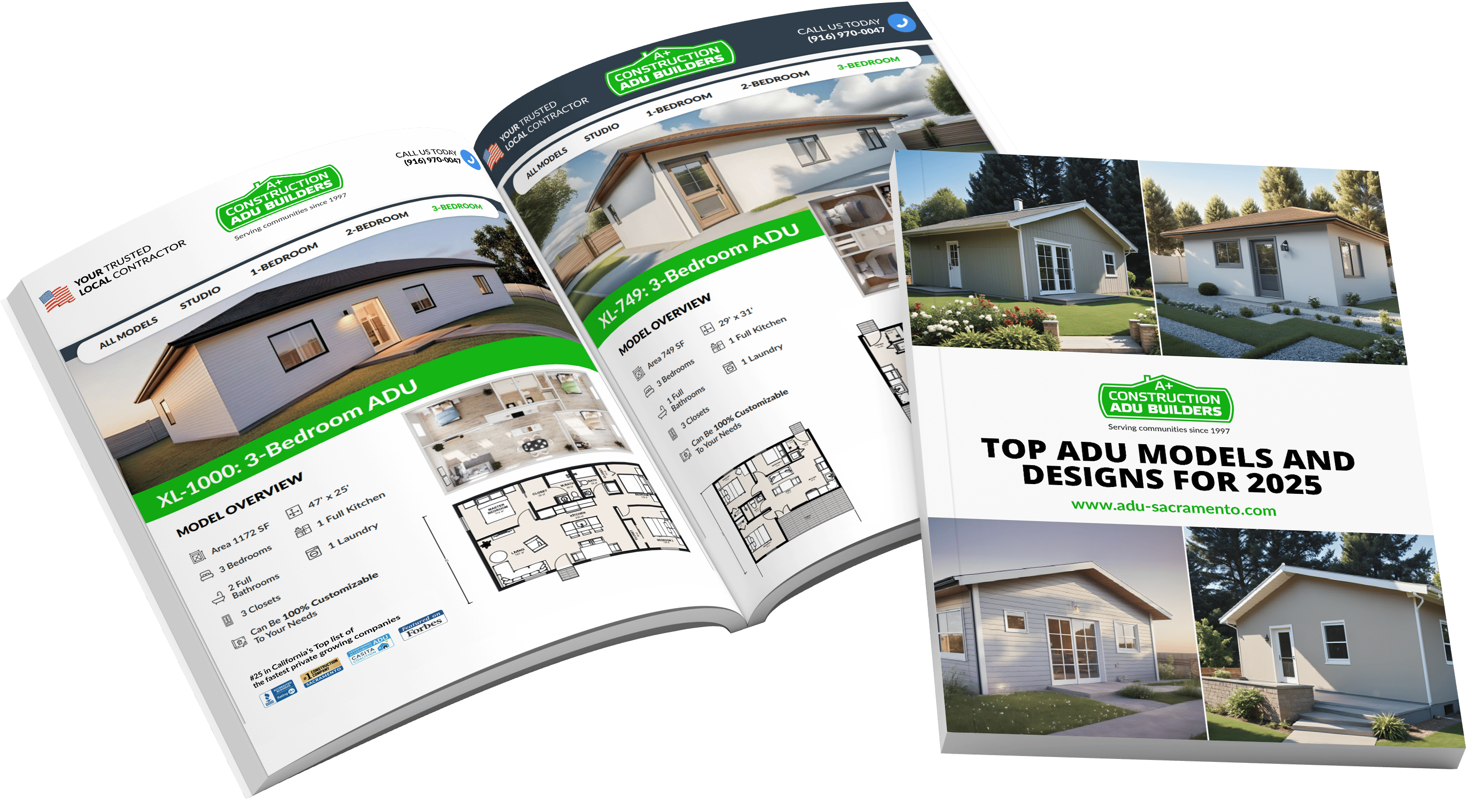


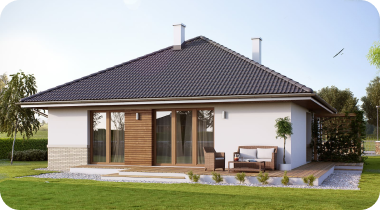
A link to download your FREE brochure will be in your inbox in 3 minutes
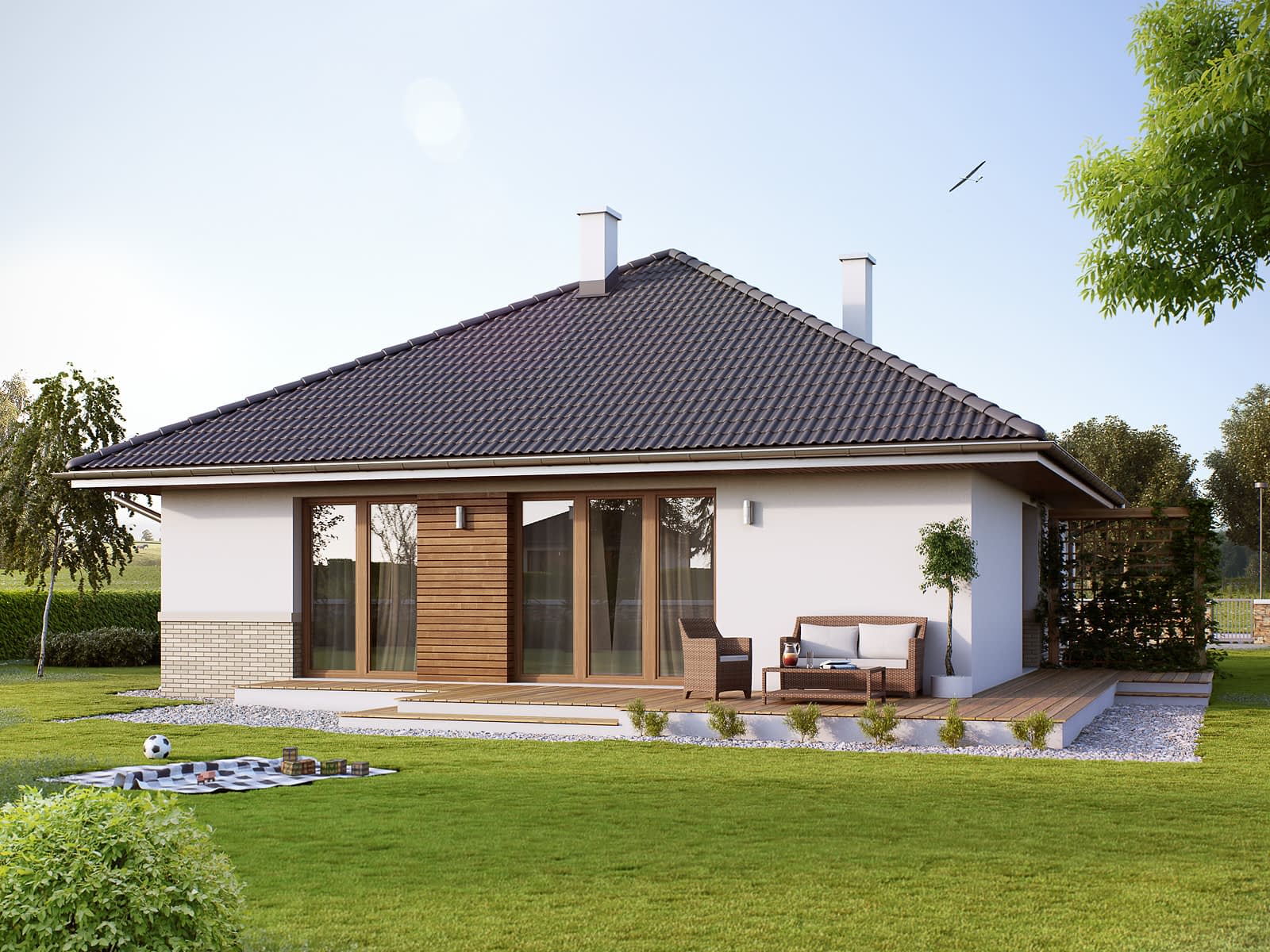


















The final price may vary based on project specifics.
To get a free accurate quote tailored to your needs, book a consultation with us today!

The price per square foot provided is an average and may vary depending on project-specific details such as materials, location, complexity, and other factors. Actual costs may differ from the average provided.
It is recommended to obtain a detailed quote based on the specific requirements of your project.

Please note that the monthly payment displayed on this page is an estimate and is subject to variation based on the selected loan product, applicants credit score, loan amount, and other financial details. Actual monthly payment may differ from the estimate provided.
It is recommended to seek advice from a financial advisor or loan officer to obtain precise payment information tailored to individual circumstances.
 Your Trusted
Local Contractor
Your Trusted
Local Contractor
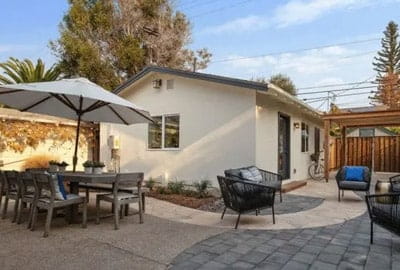
In the mesmerizing tapestry of California lifestyles, the tiny homes movement emerges as a remarkable trend. Compact, sustainable, and brimming with charm, these homes are changing the way Californians envision living.
Nowadays, the best professional designers have it as their mission to saturate the industry with a vast number of designs that they offer to every homeowner who wants to have their own tiny home. But before you, as a client, in order to create a project for a brand-new tiny house you have to know everything about how to create one, what the process consists of, and what restrictions the country may pose.
Our team has decided to give you answers to the most popular questions concerning a tiny house and we are proud to share them with you.
For the uninitiated, tiny homes are compact and functional residential spaces. California, with its blend of cityscapes and nature, offers a rich backdrop for these homes that embody charm, sustainability, and minimalism.
Well, there are many reasons:
California's diverse landscapes are mirrored in its variety of tiny homes:
Tiny homes in California offer more than just compact living spaces. They present a life less tethered by possessions, focusing instead on experiences, community, and nature. Every tiny house in California, whether flaunting a cozy loft, a spacious porch, or an ingeniously designed bathroom, echoes a narrative of intentionality and authenticity.
Here are some of them:
1. Space & Design: With the myriad of models available in California, finding a design that aligns with your vision is crucial. Every tiny home in this golden state, whether highlighting functional bathrooms or quaint bedrooms, should mirror your personality.
2. Location & Community: Some California tiny home enthusiasts find solace in solitude, while others thrive in vibrant tiny house communities. Your choice of location—be it near the beaches, the forests, or within a bustling Californian city—shapes your tiny living experience.
3. Budgeting for Your Tiny Dream: In California, tiny houses range from budget-friendly models to luxury units with premium finishes.
4. Legalities: For those eyeing mobile homes in California, it’s imperative to be acquainted with the state's regulations around such dwellings.
With the growing popularity of tiny homes in California, prospective owners have multiple avenues to explore:
If you're a Californian with a flair for hands-on projects, constructing your own tiny house can be a fulfilling journey. Equip yourself with resources, perhaps an online course or two, and dive into the world of DIY tiny houses.
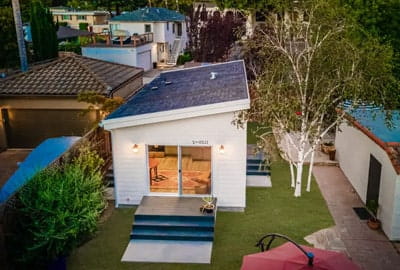
In a world increasingly overwhelmed by excess, the tiny homes of California stand out as beacons of intentional living. Beyond the charm of their compact rooms, porches, and lofts, lies the true essence of this movement: a life driven by purpose, quality over quantity, and a deep connection with the environment. These homes, whether on wheels or stationary, whether container homes or custom builds, represent a shift towards conscious living that lets you watch the world around.
And as the sun sets over the Californian horizon, casting golden hues on the tiny homes scattered across its landscape, one can't help but feel that in the grand scheme of things, perhaps less is indeed more.
Tiny homes are thoughtfully designed living spaces that emphasize minimalism without compromising on functionality. These models are usually smaller than traditional houses, often with amenities like a sleeping loft, functional bathroom, and a charming porch.
While "tiny home" and "tiny house" are often used interchangeably, some enthusiasts use "tiny house" to specifically refer to models on wheels or mobile designs. Meanwhile, tiny homes might refer to both stationary and mobile living spaces. Normally, they would lack a porch or a proper full-size bathroom, while the whole process of the delivery may cost the same amount of time and money.
A sleeping loft in a tiny house provides homeowners with an additional space, maximizing the interior of the tiny living space. It's an ingenious design element, ensuring that the bedroom doesn’t fill the primary living area. Bedrooms here also can act as an office where you can work and take a nap on the bed during the working day.
Yes! Many individuals embark on their tiny house journey with DIY projects. With the right resources, construction knowledge, and perhaps a few tips from fellow tiny house builders, you can design a dream living space tailored to your taste.
The budget for tiny homes varies based on design, materials used, and amenities included. While some models are more functional and basic, others have luxurious interiors, charming porches, and bedrooms with a touch of charm.
No, the beauty of tiny homes lies in their diversity. The interior of each tiny home can be customized. Some prefer a minimalist style, with a focus on functional design, while others might opt for a more elaborate interior with every amenity in the bathroom they've dreamed of.
Yes, tiny homes on wheels have gained traction among those who value mobility and freedom. The charm of being able to explore while having your living space with you appeals to many. While every model is different in style, form, and functions, every option can make your dreams of traveling with your family come true.
The tiny house community is vibrant and growing. Many homeowners, inspired by the dream of a simpler life and a thoughtfully designed space, are joining this community. It's not just about the house itself, but the shared lifestyle and values around sustainable and intentional living.
Certainly! Research is key. Understand the various models available, decide on whether you'd like a stationary tiny house or one on wheels, and always prioritize quality. Resources are plentiful, and many in the tiny house community are eager to share their insights and experiences.
Like any industry, the quality varies based on the builders and the materials used. Always ensure that your tiny house is constructed using durable materials, and if you're purchasing, consider a tour of the model before making a decision.
While the living space in tiny homes is compact, many are designed to be functional and accommodating. Convertible furniture, loft beds, and open-concept designs can make hosting easier. Plus, the charm and unique style of tiny homes often make them a topic of conversation among guests. Every room can act like a bedroom for them to sleep overnight.
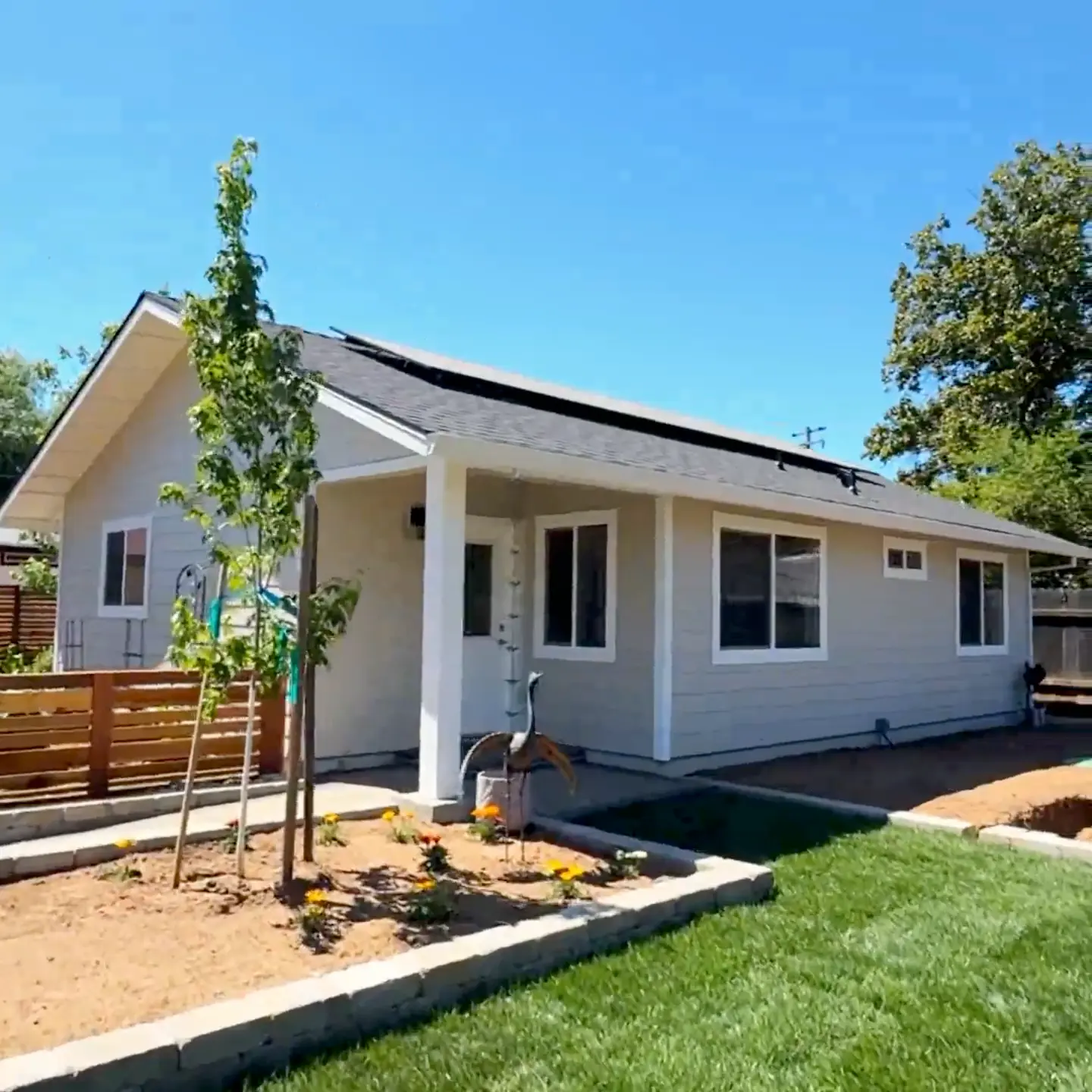
Get a First Look at Real ADU Projects